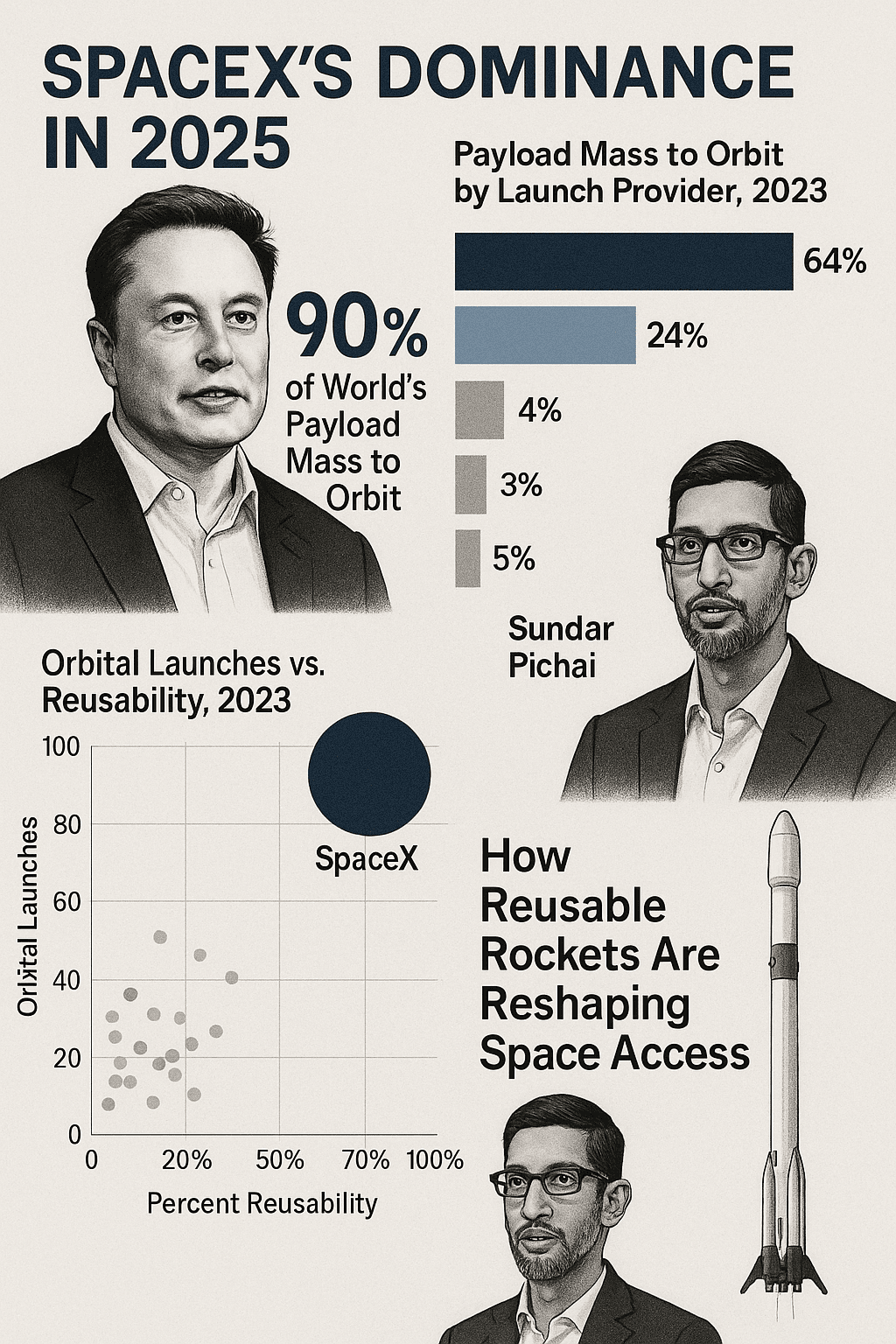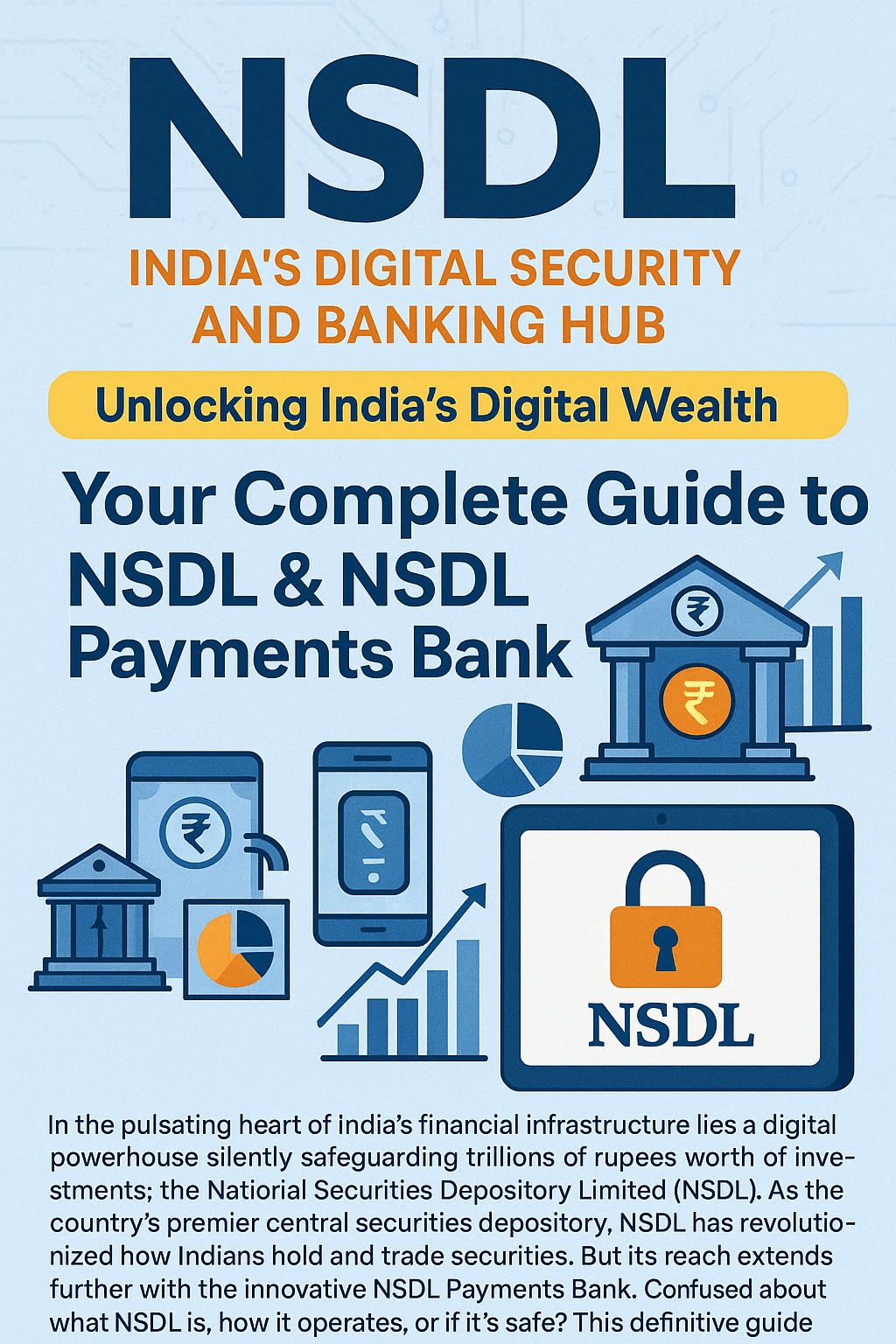
1. What is Quantum encryption?
Quantum Encryption: A Secure Communication Paradigm
Quantum encryption is a cutting-edge method of securing communication by leveraging the principles of quantum mechanics. It primarily addresses the vulnerabilities of traditional encryption methods, which could be compromised by quantum computers. Here’s a structured breakdown:

Core Concepts
- Quantum Key Distribution (QKD):
- Definition: A protocol within quantum encryption that uses quantum particles (e.g., photons) to securely distribute encryption keys.
- Heisenberg Uncertainty Principle: Ensures that any eavesdropping attempt alters the quantum states of particles, making intrusion detectable.
- BB84 Protocol: A pioneering QKD method (1984) using photon polarization to transmit keys securely.
- Quantum Entanglement:
- Entangled particles share correlated states, regardless of distance. Eavesdropping disrupts this entanglement, alerting legitimate users.
How It Works
- Key Exchange: QKD securely shares a cryptographic key between parties.
- Data Encryption: The key is used with classical algorithms (e.g., AES) to encrypt data, ensuring security even against quantum attacks.
Quantum vs. Post-Quantum Cryptography
- Quantum Encryption: Uses quantum mechanics (e.g., QKD) for security.
- Post-Quantum Cryptography: Develops classical algorithms resistant to quantum computers. Both aim to counter quantum threats but differ in approach.
Practical Considerations
- Hardware Requirements: Specialized devices like photon emitters/detectors are needed.
- Distance Limitations: Quantum signals degrade over long distances; solutions include quantum repeaters or satellites (e.g., China’s Micius satellite).
- Security vs. Implementation: Theoretically unconditionally secure, but real-world systems may have vulnerabilities (e.g., device flaws).
Applications & Challenges
- Use Cases: Governments, military, banking, and high-security sectors.
- Challenges: High costs, technical complexity, and infrastructure needs hinder widespread adoption.
2. Who first introduced Quantum encryption ?
The concept of quantum encryption (specifically quantum key distribution, or QKD) was first introduced in the early 1970s and 1980s by pioneering physicists building on the principles of quantum mechanics. Here’s the breakdown of its origins:

Photo credit: Lev Vaidman
1. Stephen Wiesner (1970s)
- Foundational Idea: In the early 1970s, American physicist Stephen Wiesner proposed the concept of using quantum states for secure communication.
- Quantum Money: His unpublished paper, “Conjugate Coding” (written circa 1970 but published in 1983), described using photon polarization to create unforgeable “quantum money.” Though not directly about encryption, this laid the groundwork for quantum cryptography.
2. Charles H. Bennett and Gilles Brassard (1984)
- BB84 Protocol: In 1984, computer scientist Charles H. Bennett (IBM) and cryptographer Gilles Brassard (Université de Montréal) built on Wiesner’s ideas to create the first Quantum Key Distribution (QKD) protocol, known as BB84.
- Key Insight: They used polarized photons to transmit encryption keys securely. Any eavesdropping attempt would disturb the quantum states, making interception detectable.
- Legacy: BB84 remains the cornerstone of quantum encryption today and marked the birth of practical quantum cryptography.
3. Artur Ekert (1991)
- EPR-Based QKD: Physicist Artur Ekert independently developed another QKD protocol in 1991, leveraging quantum entanglement (Einstein-Podolsky-Rosen pairs).
- Advantage: His method used entangled particles to detect eavesdropping, adding a new layer of security.
Key Milestones
- 1989: Bennett and Brassard demonstrated the first experimental implementation of BB84 over 32 centimeters of air.
- 2004: The first commercial QKD system (ID Quantique) was launched.
- 2016: China’s Micius satellite achieved QKD over 1,200 km, showcasing long-distance quantum communication.
Why They Matter
- Wiesner planted the seed for quantum-based security.
- Bennett & Brassard turned theory into a usable protocol (BB84).
- Ekert expanded the field with entanglement-based methods.
Quantum encryption is now a critical field in the race to secure data against future quantum computers. 🔐
Future Outlook
Quantum encryption is poised to revolutionize cybersecurity, particularly as quantum computing advances. However, overcoming practical barriers will be crucial for its integration into everyday communication systems.
In Summary: Quantum encryption offers a physics-based shield against cyber threats, ensuring secure communication in the quantum era. While promising, its full potential hinges on addressing technical and logistical challenges.

3.Why quantum encryption is needed
Quantum encryption (specifically Quantum Key Distribution, QKD) is essential because it addresses critical vulnerabilities in traditional encryption methods and future-proofs security in the quantum computing era. Here’s why it’s needed:
1. Threat from Quantum Computers
- Problem: Classical encryption (e.g., RSA, ECC) relies on mathematical problems that quantum computers could solve in seconds (using Shor’s algorithm). This would render most of today’s secure communications (banking, military, etc.) obsolete.
- Solution: Quantum encryption uses the laws of physics (not math) to secure keys, making it immune to quantum attacks.
2. Unconditional Security
- How It Works: Quantum mechanics ensures that any eavesdropping attempt alters the quantum state of transmitted particles (e.g., photons). This makes interception impossible to hide.
- Guarantee: Unlike classical methods, QKD’s security is based on physics, not computational complexity, offering “information-theoretic security.”
3. Growing Cyber Threats
- Data Vulnerabilities: Critical infrastructure (power grids, healthcare, defense) faces escalating cyberattacks.
- Future-Proofing: Quantum encryption secures sensitive data against both current and future threats, including state-sponsored hacking.
4. Protecting Long-Term Secrets
- Time Sensitivity: Data encrypted today (e.g., government secrets, medical records) might need to stay secure for decades. Quantum computers could crack classical encryption retroactively.
- Preemptive Defense: Deploying quantum encryption now safeguards against future decryption of today’s data.
5. High-Value Sectors Require It
- Military/Defense: Securing classified communications and nuclear command systems.
- Finance: Protecting transactions and customer data.
- Healthcare: Securing patient records and genomic data.
6. Emerging Technologies
- Quantum Internet: A global quantum network (under development) will rely on QKD for unhackable communication.
- Space-Based Security: Satellites like China’s Micius already use QKD for intercontinental secure links.
7. Regulatory Push
- Governments (e.g., U.S., EU, China) are investing in quantum-safe standards. The NIST Post-Quantum Cryptography Project is standardizing algorithms, but QKD offers a complementary physics-based solution.
Challenges to Address
- Cost/Complexity: Requires specialized hardware (photon detectors, lasers).
- Distance Limits: Current QKD works best over ~100-500 km (solved via quantum repeaters or satellites).
- Hybrid Systems: Often paired with classical encryption for practicality.
Key Takeaway
Quantum encryption isn’t just a “nice-to-have” — it’s a necessity to:
- Defend against quantum computing threats.
- Secure critical infrastructure and privacy.
- Enable next-gen technologies (quantum networks, IoT security).










Hi, this is a comment.
To get started with moderating, editing, and deleting comments, please visit the Comments screen in the dashboard.
Commenter avatars come from Gravatar.